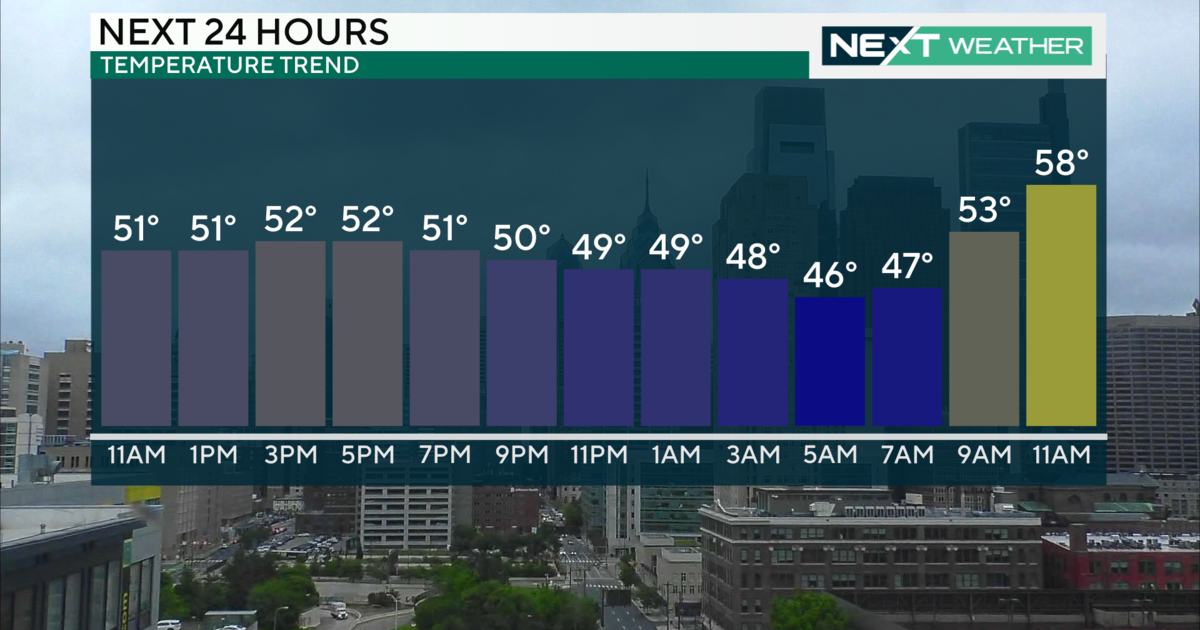BLOG: Tracking Irene
By Kate Bilo
Hurricane Irene is now a Category 2 hurricane situated just north of Hispaniola. The storm's center appears to be avoiding the island, which features mountainous terrain that might have helped to weaken the storm a bit. Without the influence of the mountain ranges, Irene will continue to strengthen as it moves into the warm Gulf Stream waters near the Bahamas.
The storm will become a major hurricane (Category 3) and could potentially strengthen to a Category 4 hurricane before threatening the Eastern seaboard.
Here are my current thoughts on the storm:
- The latest model runs have all been trending eastward, from an original forecast track further over the Dominican Republic, up the coast of Florida and inland through south Georgia.
- Right now it seems likely that Irene will make landfall early Saturday morning along the south-facing shores of North Carolina, between Myrtle Beach and Wilmington, though the track could vary by as much as 200 miles in either direction.
- The question for us is - what will Irene do after making landfall? The current Euro model brings Irene directly north up the coast, basically bringing the storm directly over the Philadelphia area. This scenario would bring drenching rainfall and at least tropical-storm force winds to the area. The GFS model tracks the storm slightly further toward the coast, just out to sea, which would mean significant impacts from the city on East through New Jersey.
- A few of the other models (the Canadian and the NOGAPS, which is the Navy model) take the storm further offshore, which would lessen the impacts for the region slightly, and still others take the storm further inland earlier in its lifespan, which would weaken the storm before it would make its way toward our area.
At this point, my feeling is that our entire area needs to prepare for heavy rainfall and the threat for tropical storm-force winds, even perhaps hurricane-force gusts (74 mph+), especially down the shore. With the ground as saturated as it is, a heavy soaking of rain, even 3-4 inches, could lead to widespread flooding across the area. And we could get much more than that if the storm holds together or stays close enough to the coastal waters to remain strong.
With the models trending eastward, I would expect that the greatest threat will be from the I-95 corridor on eastward at the moment, but even areas west of the city should be prepared for a soaking.
We'll be tracking this storm very closely over the next few days and continue to update you frequently. So far this year we've had a blizzard, a tornado, an intense heat wave, flooding rainfall - could we be adding a hurricane to the mix soon?



